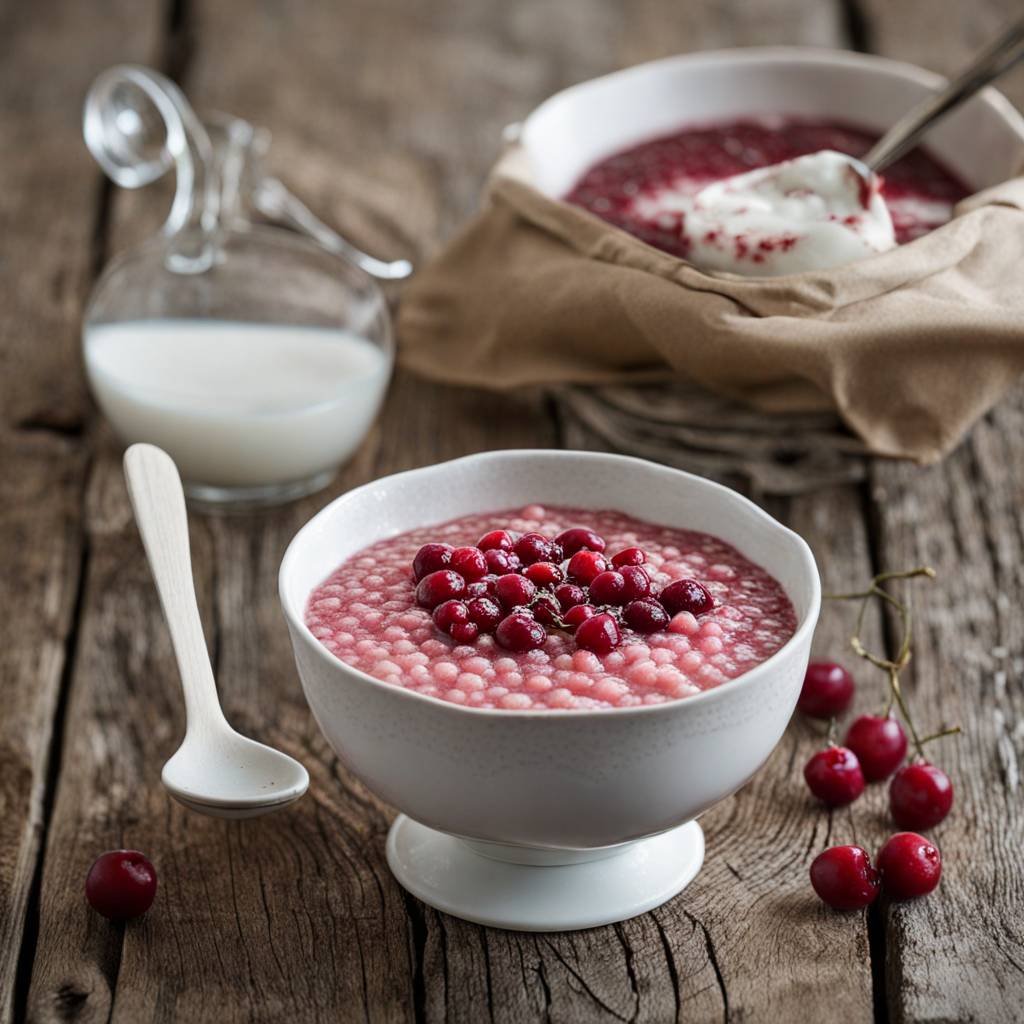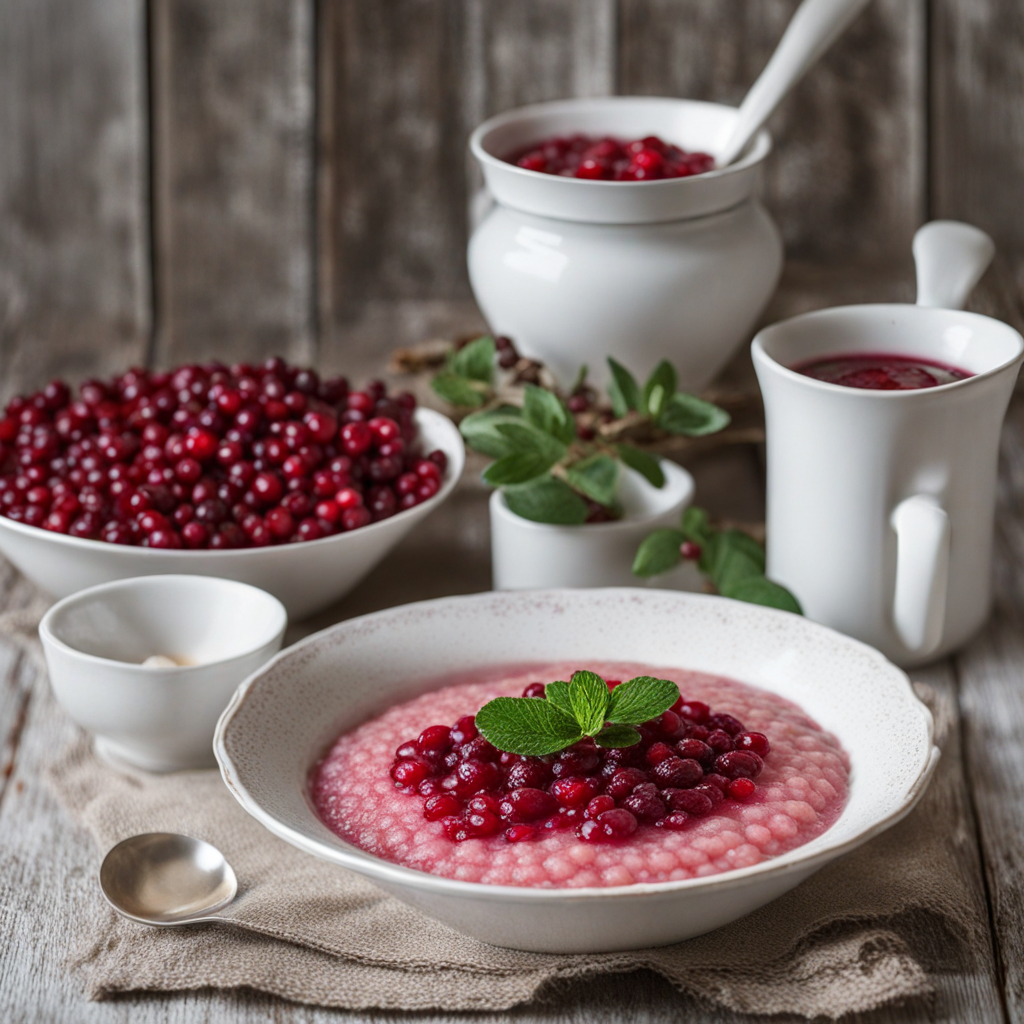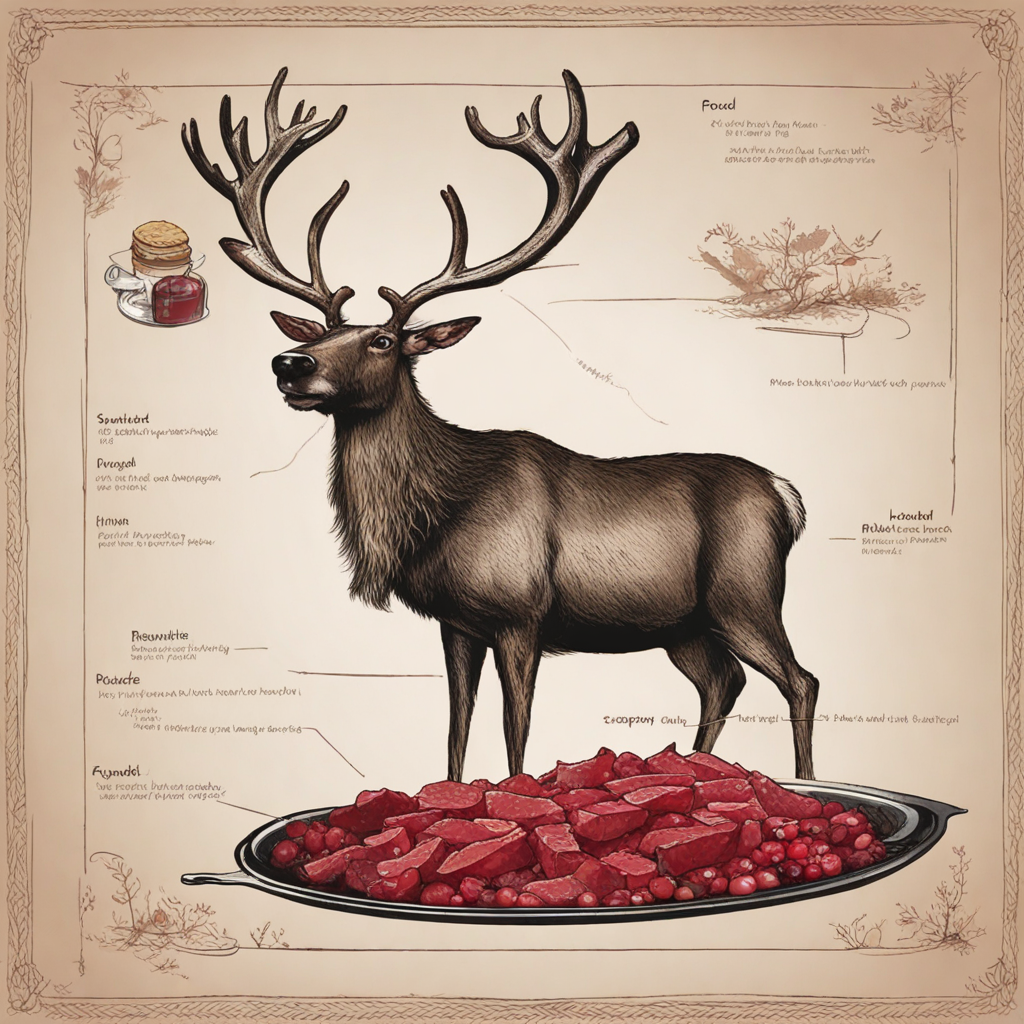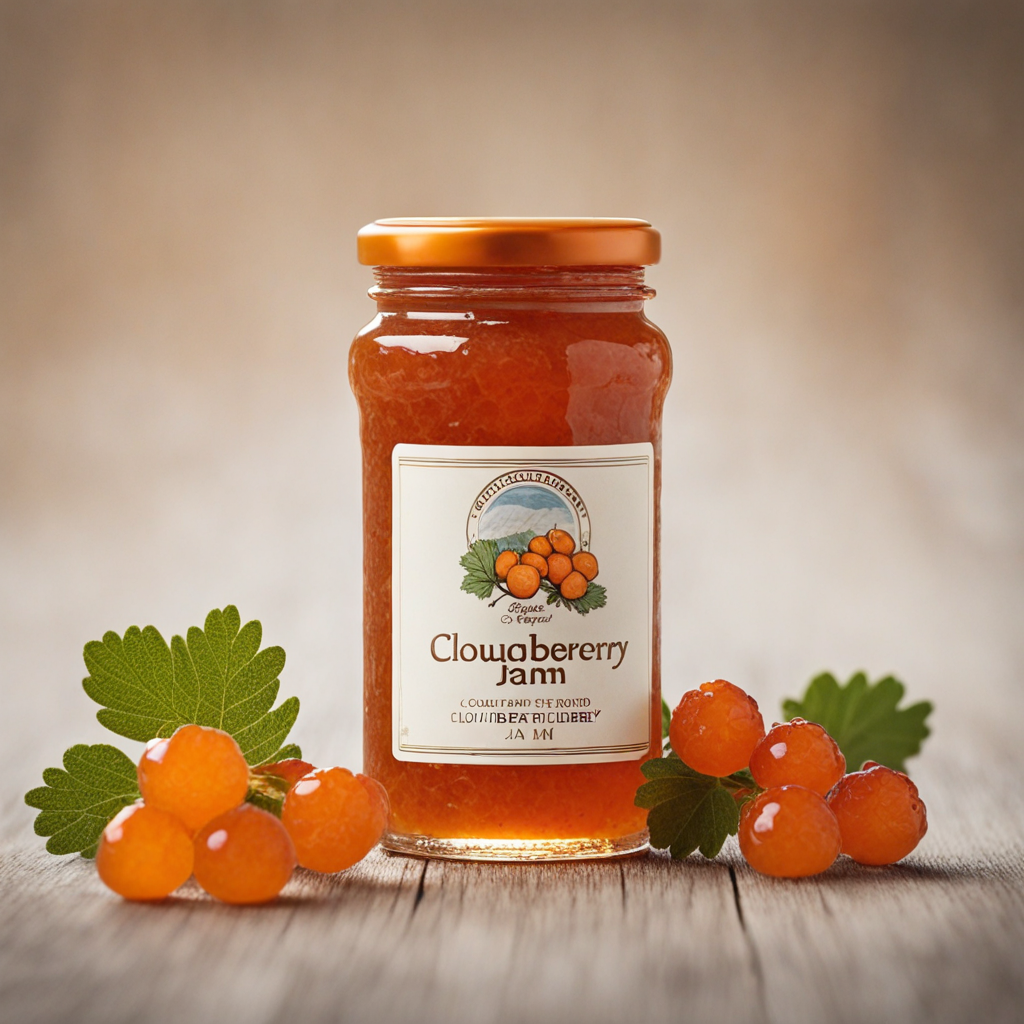Lingonberry Porridge
Lingonberry Porridge, known as "puuro" in Finnish, is a delightful dish that embodies the essence of Finnish cuisine. This creamy and comforting porridge is typically made from oats or rice, simmered gently until it reaches a thick, velvety consistency. The base is often sweetened with a hint of sugar and infused with a touch of salt, creating a harmonious balance of flavors that serves as the perfect canvas for the star ingredient: lingonberries. These small, tart red berries are foraged from the wild and are a staple in Nordic cooking, adding a burst of color and a tangy contrast to the rich, warm porridge. The preparation of Lingonberry Porridge is not just about flavor; it's also steeped in tradition. In Finland, this dish is often enjoyed as a breakfast item or a comforting dessert, especially during the colder months. The lingonberries can be used fresh or as a sauce, providing both natural sweetness and acidity that elevate the porridge to new heights. When served, a generous dollop of lingonberry sauce or whole berries on top creates a visually stunning presentation, inviting you to dive into its luscious texture and vibrant taste. Beyond its delicious flavor, Lingonberry Porridge is also a wholesome choice, packed with nutrients and fiber, thanks to the oats or rice. It is a dish that resonates with the simplicity and purity of Finnish ingredients, connecting the eater with the natural landscape of Finland. Each spoonful is not only a taste of the forest but also a comforting embrace that warms the heart and soul, making it a must-try for anyone looking to expand their culinary horizons.
How It Became This Dish
The History of Puolukkapuuro: A Finnish Culinary Gem Puolukkapuuro, or lingonberry porridge, is a cherished dish in Finnish cuisine, embodying the deep connection between the Finnish people and their natural environment. This simple yet flavorful porridge, made primarily from lingonberries, water, and a grain such as barley or rice, has a rich history that reflects the agricultural practices, seasonal rhythms, and cultural values of Finland. Origins and Ingredients The roots of puolukkapuuro can be traced back to ancient Finnish food traditions, where foraging played a crucial role in the diet. Finland’s vast forests are abundant with wild berries, with lingonberries being among the most significant. These small, red fruits, known scientifically as *Vaccinium vitis-idaea*, thrive in the cooler climates of the Nordic regions, making them a staple for the indigenous Sámi people and later for the broader Finnish population. Historically, the Finnish people relied heavily on seasonal produce, and lingonberries were harvested in late summer and early autumn. The berries were not only a source of nutrition but also a means of preserving the essence of summer for the long, dark winters. Lingonberries are naturally acidic, which helps inhibit spoilage, allowing them to be stored for months, both fresh and as jams or sauces. The porridge itself, traditionally made with barley or rice, reflects Finland’s agricultural practices. Barley has been cultivated in the region since prehistoric times, serving as one of the primary grains used in Finnish cooking. The choice of rice, particularly in the modern era, showcases the evolving influences of globalization and changing palates. Cultural Significance Puolukkapuuro is more than just a dish; it is a cultural symbol. In Finnish homes, it often serves as a nostalgic reminder of childhood, evoking memories of family gatherings and communal meals. Traditionally, it is served warm, often topped with a generous dollop of milk or cream, and sometimes sweetened with sugar or honey. This comforting dish is typically enjoyed during breakfast or as a dessert, bridging the gap between meals and offering sustenance during the long Finnish winters. In Finnish folklore, lingonberries are associated with the spirits of the forest and the bounty of nature. The act of foraging for berries is often seen as a spiritual practice, connecting people to the land and its resources. Puolukkapuuro encapsulates this relationship, celebrating the flavors of the forest while providing nourishment to the people. Development Over Time Throughout the centuries, puolukkapuuro has evolved alongside Finnish society. During the 19th century, as Finland began to forge its national identity, culinary practices were also being redefined. The increasing importance of nationalism inspired a revival of traditional Finnish foods, including berry-based dishes. This trend saw the promotion of local ingredients and recipes as a means of celebrating Finnish heritage. The early 20th century marked a period of significant change in Finland, particularly with the industrialization and urbanization that followed World War II. As people moved to cities, traditional food practices began to shift. However, the love for puolukkapuuro remained steadfast, often appearing at school cafeterias and family tables across the nation. The dish became a symbol of comfort during times of change, embodying the resilience and adaptability of Finnish culture. In contemporary Finnish cuisine, puolukkapuuro has experienced a renaissance. As global interest in Nordic food culture has surged, chefs and home cooks alike have reimagined traditional dishes, incorporating modern techniques and flavors while remaining true to their roots. Today, you might find variations of puolukkapuuro using alternative grains like quinoa or incorporating spices such as cinnamon or vanilla, catering to evolving tastes while respecting its traditional essence. Modern Interpretations and Global Influence The global food movement has also propelled puolukkapuuro onto the international stage. As interest in foraged foods and sustainability grows, the unique flavors of lingonberries and the simplicity of the porridge have caught the eye of chefs worldwide. The dish is often highlighted in discussions about Nordic cuisine, which emphasizes fresh, seasonal ingredients and a deep respect for nature. In Finland, puolukkapuuro is now celebrated not only as a traditional dish but also as a versatile component of modern gastronomy. It can be found in contemporary cafes and restaurants, often served with creative twists, such as lingonberry-infused desserts or paired with gourmet cheeses. The dish's adaptability speaks to the ongoing dialogue between tradition and innovation in Finnish culinary practices. Conclusion Puolukkapuuro is more than just a delicious porridge; it is a cultural artifact that tells the story of Finland's relationship with its land and its people. From its origins in foraging practices to its role in modern Finnish cuisine, this dish encapsulates the spirit of resilience, tradition, and adaptability. As it continues to evolve, puolukkapuuro remains a beloved symbol of Finnish identity, connecting generations through the shared experience of savoring the flavors of the forest. Whether enjoyed in a cozy home or a trendy cafe, this humble porridge is a testament to the enduring legacy of Finnish culinary traditions.
You may like
Discover local flavors from Finland







